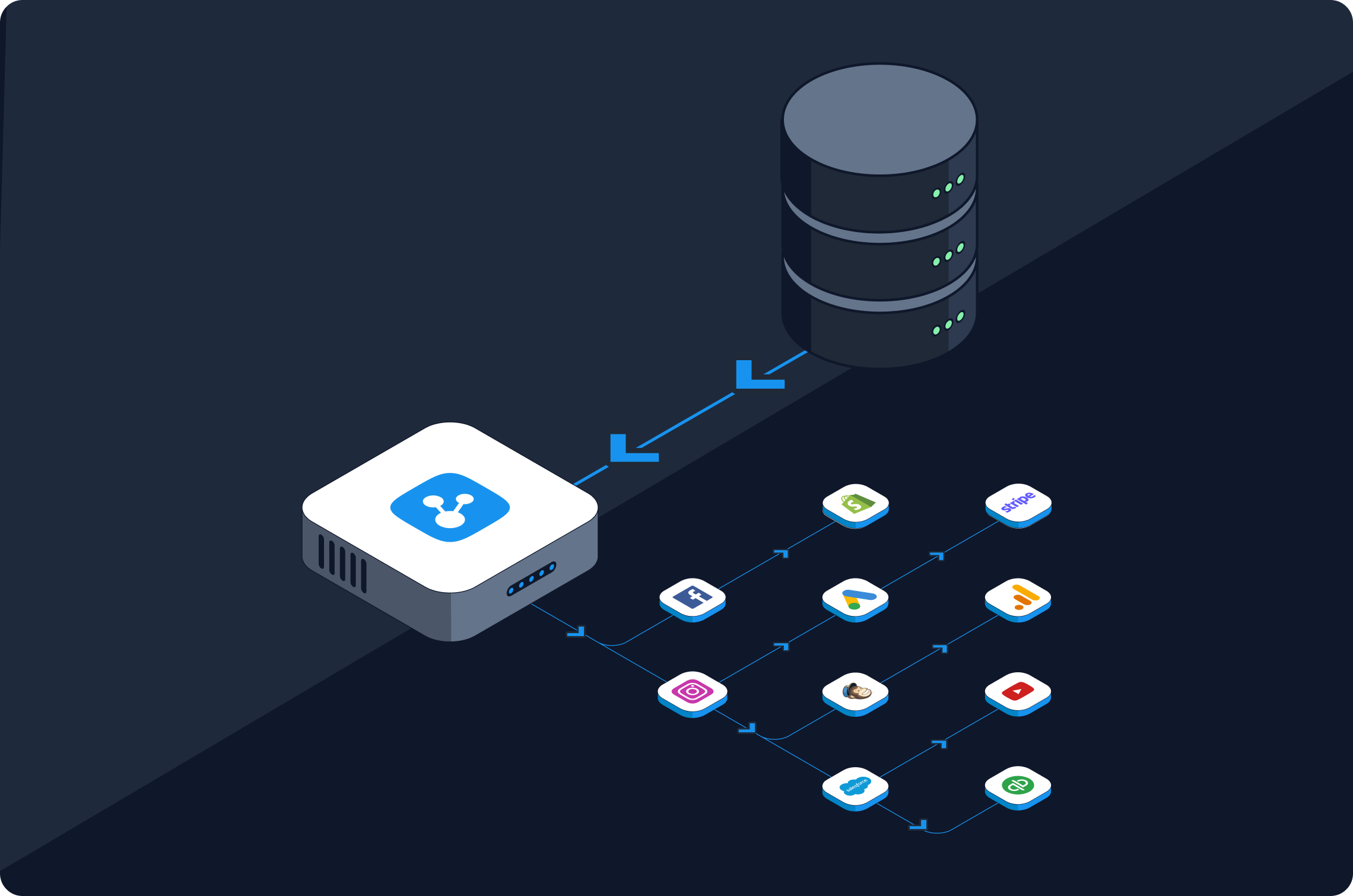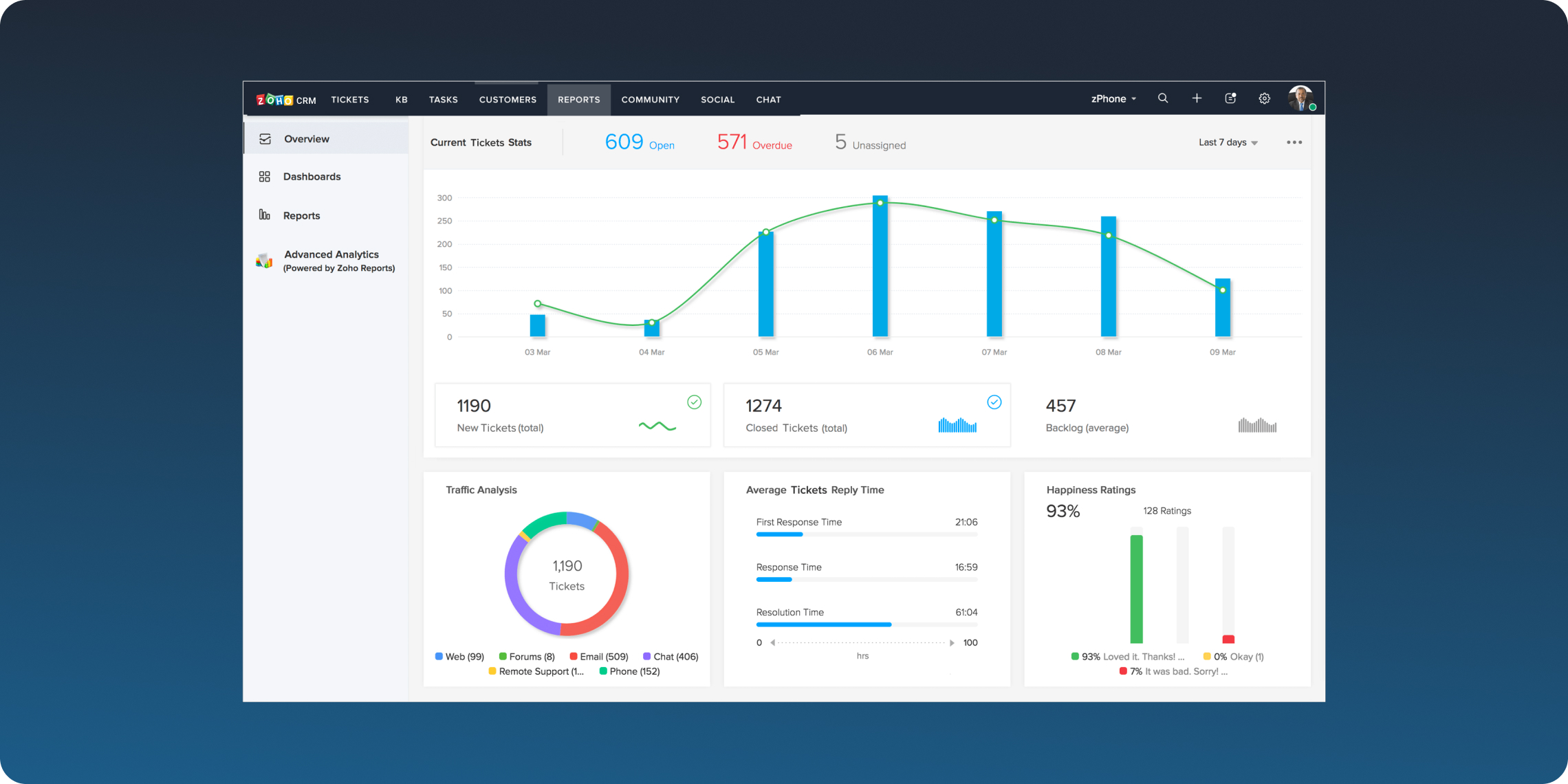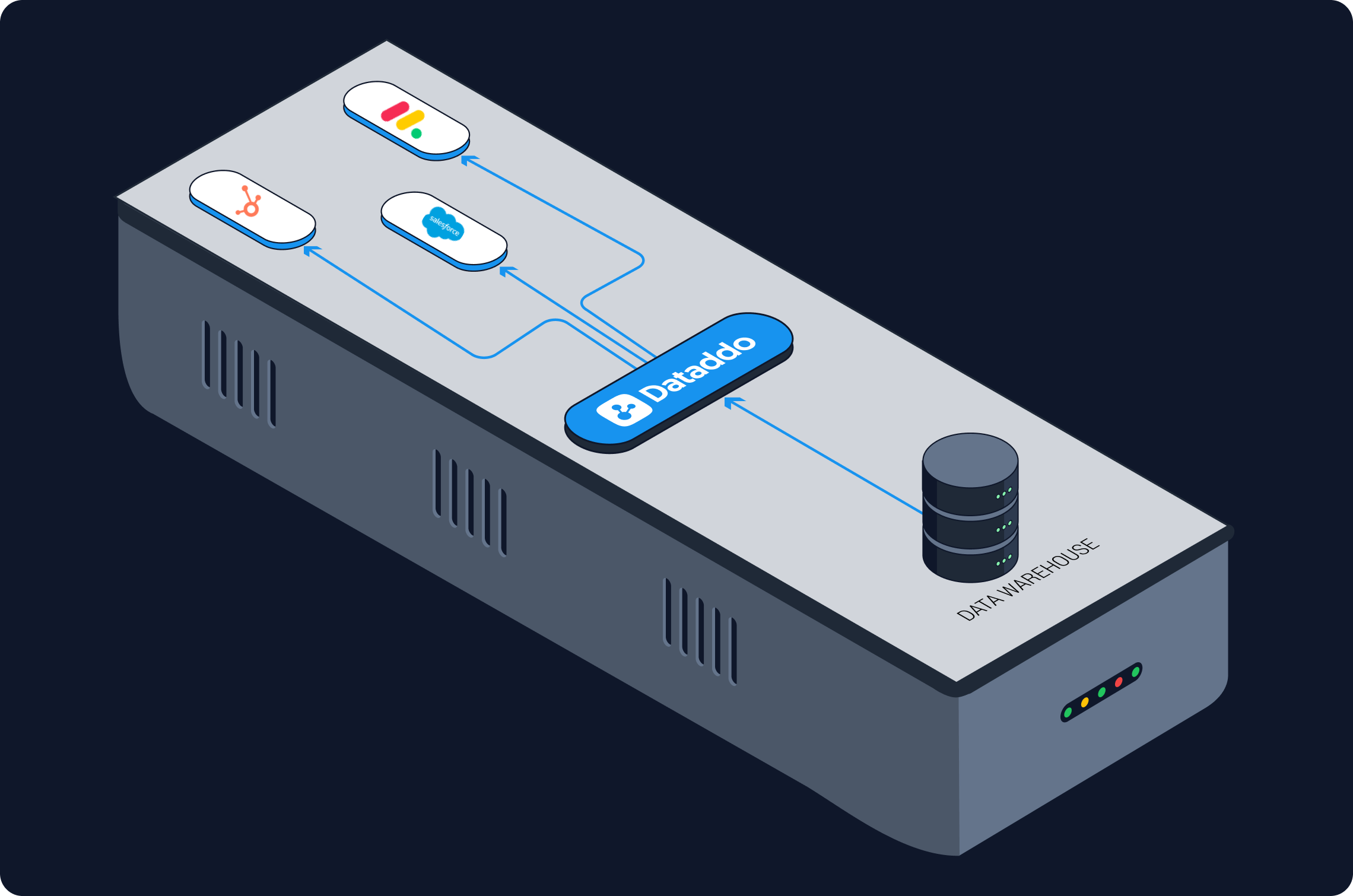Wouldn’t it be an absolute dream to view all the insights from your company’s first-party data directly in your CRM? To magically have a custom, 360-degree view of any customer in a single system in near real time?
It’s possible, but not by magic.
Using reverse ETL (also known as data activation), you can turn your CRM into a rich repository of unique, company-specific insights.
What Is Reverse ETL?
Reverse ETL is the synchronization of enriched data from a data warehouse or data lake to operational systems or databases like marketing automation tools, in-app messaging systems, and CRMs.
Why would you want to use it? We will illustrate using the examples below, but, in summary, it eliminates data warehouses, data lakes, and even dashboards as data silos, and gives line-of-business teams the insights they need in the applications where they spend most of their time. For CRM users, the value of reverse ETL is that it gives them deep insights on individual customers in near real time.
Why Reverse ETL Is the Last Mile of the Modern Data Stack
CRMs collect a lot of customer data. Payment amounts, support tickets, acquisition information—the data's there. But it's not all there. Despite the fact that CRMs today offer advanced analytics capabilities, every CRM is limited by something essential: itself.
All companies have their own specific way of calculating certain metrics, in particular metrics based on first-party data, and it's difficult for CRMs to display these without heavy—and costly—customizations.
Imagine your company sells software as a service, and that customers with three or more user accounts tend to have a lower risk of churn. There is no way your CRM could know this straight out of the box.
But, if you have the right customer data in your data warehouse, your engineers can run computations there, then send the risk scores back into your CRM via a reverse ETL tool, making them visible to your sales and support teams alongside all other customer data. With little to no effort, these teams will then be able to identify who is at risk of churn.
This illustrates why reverse ETL is the last mile of the modern data stack—it democratizes complex insights from information that only companies know about themselves. And it’s precisely these insights that give companies today a competitive advantage.

It’s worth mentioning that reverse ETL itself is not a novel concept. Indeed, it’s always been possible, but it hasn’t always been practical, or in demand.
Just like traditional ETL integrations, traditional reverse ETL integrations must be hard-coded by in-house engineers—a task both challenging and expensive due to constant changes to the APIs of integrated services, as well as the appearance of new services that need to be integrated.
Moreover, in years past, the synchronization of data from external systems to operational applications like CRMs has been performed primarily by iPaaS platforms. But iPaaS platforms only send isolated events directly from one system to another; the events cannot be enriched with data from a warehouse. So, as more and more business professionals start working with data, the demand for reverse ETL has surged, because the insights that they need in operational applications are becoming more complex than what iPaaS platforms can deliver.
And the market has responded. In the last few years, there has appeared a range of fully managed reverse ETL tools that enable businesses to configure integrations in just a few minutes, and for much less money than ever before. This is what’s novel.
Reverse ETL and CRMs: A Potent Combination
Though the possibilities are endless, here are three ways reverse ETL can turn your CRM into a data powerhouse.
For Sales Professionals: Displaying Highly Advanced Scoring
Scoring is the assignment of points to leads and customers based on factors that indicate how likely they are to convert or buy again. The higher the score, the hotter the lead or customer.
Scores can be calculated according to a vast multitude of criteria, ranging from something as simple as the department a lead works in, to something as sophisticated as what their lifetime value (LTV) for the company is.
Many CRMs offer features for lead and customer scoring. But, the variety of data any single tool contains simply cannot compare to the variety of data available in a company's data warehouse. That's why the best scoring models are built and continually updated there.
Using reverse ETL, scores can be synced at regular intervals to a CRM, giving line-of-business teams the freshest, most accurate information on each individual customer.
This is perfect for situations when customer data needs to be viewed quickly, comprehensively, and not in a separate dashboard, like in the middle of a sales call.
For Marketers: Automatically Communicating with Customers at the Exact Right Time
Marketers—especially customer marketers—are some of the primary beneficiaries of reverse ETL, because it allows them to automate email communications in response to behavioral events in an app or on a website.
The events could be just about anything—clicks on certain products, mouse-hovering patterns, or any other activity.
Let’s say that a customer is spending increased amounts of time browsing a certain page in your app, which contains features outside of their pricing tier. You could have this browsing data routed to your CRM via your production database, and then configure your CRM to automatically send an upsell email to that customer within an hour of them exceeding your time-on-page threshold.
This can help marketers upsell when the iron is hot, and reduce churn by reengaging at-risk customers before they go cold.
In the same way, customer marketers can use reverse ETL-synced data to refine segmentation, level up product support, and build more comprehensive customer personas.
 Source: Zoho website
Source: Zoho website
For Product Managers: Collecting More Insightful Feedback
Syncing data on customer behavior to a CRM is equally important for managers of digital products, only they use the data as a road sign for app development.
Imagine that a product team has a list of new features they would like to implement, but that they are not sure how to prioritize them, or if customers will even like all of them.
In the app, they can give customers the option to preview and request these new features. Then, using reverse ETL, they can have all the requested information routed to their CRM. This lets them see almost immediately what features are being requested the most and by which types of customers.
Of course, the same thing can also be done by directly analyzing data from a warehouse, but unless someone on a product team knows code, having the data sent directly to a CRM via reverse ETL will be much easier.
This can work miracles to improve adoption and retention.
One CRM, All Company Data
These are some of the most effective ways of customizing the data in your CRM using reverse ETL. But, there is no limit to what you can do.
Don't get me wrong—CRMs today offer more analytics functionality than ever before, and iPaaS platforms do a lot to boost this functionality. However, if you want to turn your CRM into a true data powerhouse with all your company’s data—without spending loads of extra time and money—it needs to be connected to your central database via a reverse ETL tool.
*This article was originally published at Rtinsights.com.
|
Connect All Your Data with Dataddo Just a few quick steps to get your data to your dashboard for better analysis, without the hassle. |




Comments